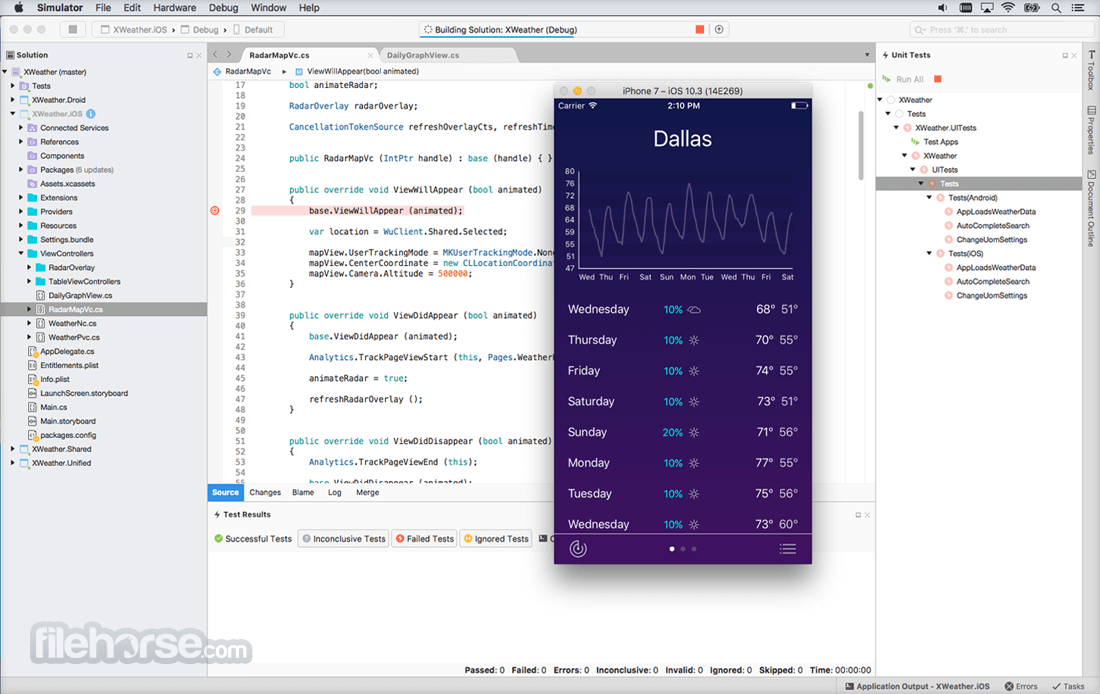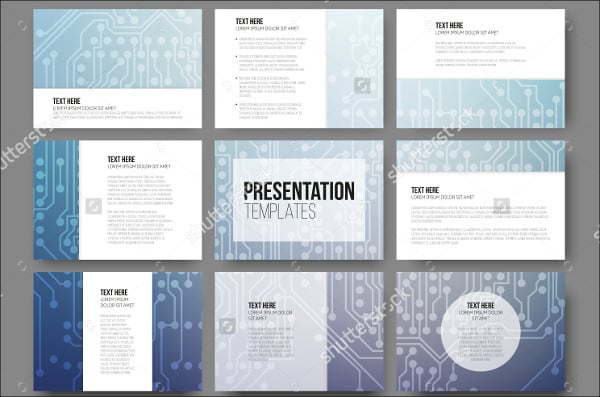Can You Get Visual Studio For Mac
With an all-new design that looks great on macOS Big Sur, Xcode 12 has customizable font sizes for the navigator, streamlined code completion, and new document tabs. Xcode 12 builds Universal apps by default to support Mac with Apple Silicon, often without changing a single line of code.
- Visual Studio For Mac Extensions
- Visual Studio Developing For Mac
- Can You Get Visual Studio For Mac Windows 10
- Visual Studio Community For Mac
Visual Studio for Mac requires an active internet connection for installation. Visual Studio for Mac should also provide support for C development, using compilers available on the system (gcc, Clang, etc.) 3. Forum: How do I get c to work on Read more » 0.
Designed for macOS Big Sur.
Xcode 12 looks great on macOS Big Sur, with a navigator sidebar that goes to the top of the window and clear new toolbar buttons. The navigator defaults to a larger font that’s easier to read, while giving you multiple size choices. New document tabs make it easy to create a working set of files within your workspace.
Document tabs.
The new tab model lets you open a new tab with a double-click, or track the selected file as you click around the navigator. You can re-arrange the document tabs to create a working set of files for your current task, and configure how content is shown within each tab. The navigator tracks the open files within your tabs using strong selection.
Navigator font sizes.
The navigator now tracks the system setting for “Sidebar icon size” used in Finder and Mail. You can also choose a unique font size just for Xcode within Preferences, including the traditional dense information presentation, and up to large fonts and icon targets.
Code completion streamlined.
A new completion UI presents only the information you need, taking up less screen space as you type. And completions are presented much faster, so you can keep coding at maximum speed.
Redesigned organizer.
An all-new design groups all critical information about each of your apps together in one place. Choose any app from any of your teams, then quickly navigate to inspect crash logs, energy reports, and performance metrics, such as battery consumption and launch time of your apps when used by customers.
SwiftUI
SwiftUI offers new features, improved performance, and the power to do even more, all while maintaining a stable API that makes it easy to bring your existing SwiftUI code forward into Xcode 12. A brand new life cycle management API for apps built with SwiftUI lets you write your entire app in SwiftUI and share even more code across all Apple platforms. And a new widget platform built on SwiftUI lets you build widgets that work great on iPad, iPhone, and Mac. Your SwiftUI views can now be shared with other developers, and appear as first-class controls in the Xcode library. And your existing SwiftUI code continues to work, while providing faster performance, better diagnostics, and access to new controls.
Universal app ready.
Xcode 12 is built as a Universal app that runs 100% natively on Intel-based CPUs and Apple Silicon for great performance and a snappy interface.* It also includes a unified macOS SDK that includes all the frameworks, compilers, debuggers, and other tools you need to build apps that run natively on Apple Silicon and the Intel x86_64 CPU.
Updated automatically
When you open your project in Xcode 12, your app is automatically updated to produce release builds and archives as Universal apps. When you build your app, Xcode produces one binary “slice” for Apple Silicon and one for the Intel x86_64 CPU, then wraps them together as a single app bundle to share or submit to the Mac App Store. You can test this at any time by selecting “Any Mac” as the target in the toolbar.
Test multiple architectures.
On the new Mac with Apple Silicon, you can run and debug apps running on either the native architecture or on Intel virtualization by selecting “My Mac (Rosetta)” in the toolbar.
Multiplatform template
New multiplatform app templates set up new projects to easily share code among iOS, iPadOS, and macOS using SwiftUI and the new lifecycle APIs. The project structure encourages sharing code across all platforms, while creating special custom experiences for each platform where it makes sense for your app.
Improved auto-indentation
Swift code is auto-formatted as you type to make common Swift code patterns look much better, including special support for the “guard” command.
StoreKit testing
New tools in Xcode let you create StoreKit files that describe the various subscription and in-app purchase products your app can offer, and create test scenarios to make sure everything works great for your customers — all locally testable on your Mac.
Get started.
Download Xcode 12 and use these resources to build apps for all Apple platforms.
-->
NuGet packages contain reusable code that other developers make available to you for use in your projects. See What is NuGet? for background. Packages are installed into a Visual Studio for Mac project using the NuGet Package Manager. This article demonstrates the process using the popular Newtonsoft.Json package and a .NET Core console project. The same process applies to any other Xamarin or .NET Core project.

Once installed, refer to the package in code with using <namespace> where <namespace> is specific to the package you're using. Once the reference is made, you can call the package through its API.
Tip
Start with nuget.org: Browsing nuget.org is how .NET developers typically find components they can reuse in their own applications. You can search nuget.org directly or find and install packages within Visual Studio as shown in this article. For general information, see Find and evaluate NuGet packages.

Prerequisites
- Visual Studio 2019 for Mac.
You can install the 2019 Community edition for free from visualstudio.com or use the Professional or Enterprise editions.
If you're using Visual Studio on Windows, see Install and use a package in Visual Studio (Windows Only).
Create a project
NuGet packages can be installed into any .NET project, provided that the package supports the same target framework as the project.
For this walkthrough, use a simple .NET Core Console app. Create a project in Visual Studio for Mac using File > New Solution..., select the .NET Core > App > Console Application template. Click Next. Accept the default values for Target Framework when prompted.
Visual Studio creates the project, which opens in Solution Explorer.
Add the Newtonsoft.Json NuGet package
To install the package, you use the NuGet Package Manager. When you install a package, NuGet records the dependency in either your project file or a packages.config file (depending on the project format). For more information, see Package consumption overview and workflow.
NuGet Package Manager
In Solution Explorer, right-click Dependencies and choose Add Packages....
Choose 'nuget.org' as the Package source in the top left corner of the dialog, and search for Newtonsoft.Json, select that package in the list, and select Add Packages...:
If you want more information on the NuGet Package Manager, see Install and manage packages using Visual Studio for Mac.
Use the Newtonsoft.Json API in the app
With the Newtonsoft.Json package in the project, you can call its JsonConvert.SerializeObject method to convert an object to a human-readable string.
Open the
Program.csfile (located in the Solution Pad) and replace the file contents with the following code:Build and run the app by selecting Run > Start Debugging:
Once the app runs, you'll see the serialized JSON output appear in the console:
Visual Studio For Mac Extensions
Next steps
Visual Studio Developing For Mac
Congratulations on installing and using your first NuGet package!
Can You Get Visual Studio For Mac Windows 10

Visual Studio Community For Mac
To explore more that NuGet has to offer, select the links below.
